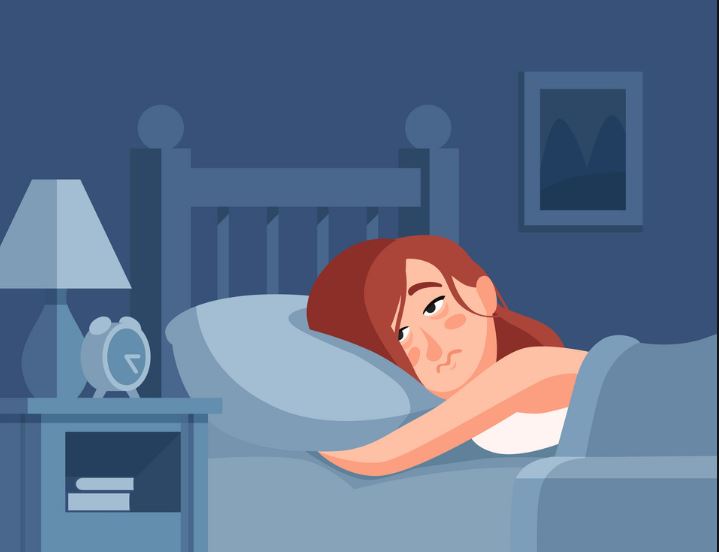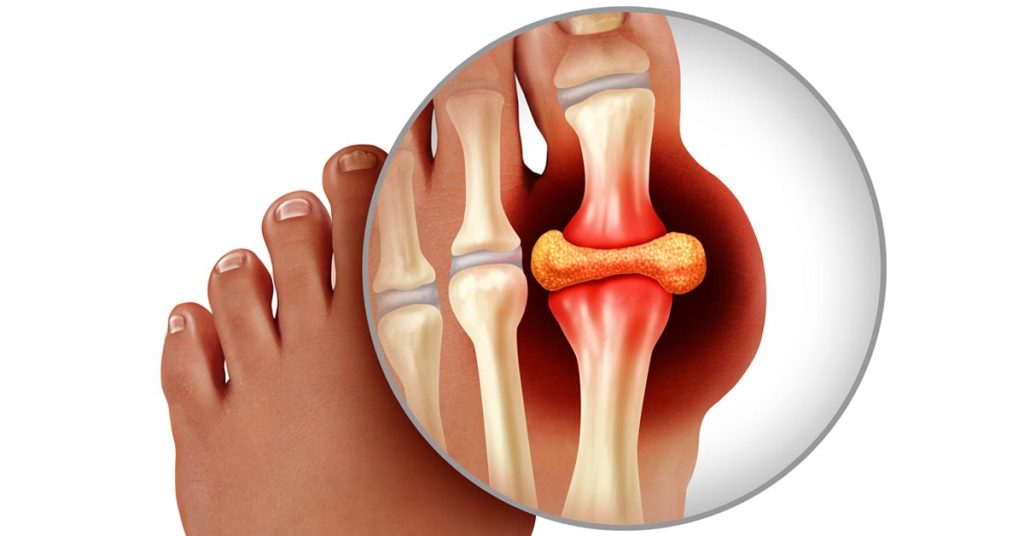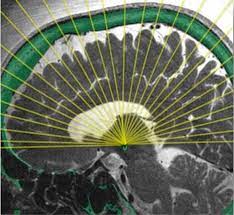Healthy effects of walnut on heart and gut.
Researchers from Texas Tech University and Juniata College undertook a study to examine the effect walnuts have on the gut flora because they offer advantages for heart health. The possibility that walnuts’ heart-healthy properties originate in the gut intrigued the researchers.
Three groups of participants, including one that consumed whole walnuts, were given different diets by the researchers. Following this, biological samples from each person were examined.

According to their research, those who ate a diet high in walnuts had higher levels of the amino acid L-homoarginine in their intestines. This finding suggested that dietary changes that affect the gut may be able to improve heart health since people with lower homoarginine levels are more likely to develop cardiovascular disease.
There are still numerous unanswered concerns regarding how particular diets affect heart health and what other foods may reduce cardiovascular risk, despite the fact that experts are aware of this.
Researchers from Juniata College in Huntingdon, Pennsylvania, and Texas Tech University in Lubbock were interested in finding out whether walnuts’ potential heart health benefits stem from the digestive system.
They carried out their research by examining the microorganisms’ genomic expression in subjects who either consumed or did not consume a diet high in walnuts. The American Society of Biochemistry and Molecular Biology’s annual meeting, Discover DMB, is where the study’s findings were presented.
Quick facts of Heart health
The greatest cause of death for adults in the United States, according to the Centers for Disease Control and Prevention (CDC), is heart disease. Heart disease claims the lives of up to 700,000 individuals annually.
One significant component that affects heart health is nutrition. Individuals who consume a lot of fat and cholesterol in their diets are more likely to experience problems that could ultimately result in heart disease.
People can adopt diets that are low in fat, include lean meats, and are low in sugar and salt to help lower their risk of heart disease. Additionally helpful is avoiding processed foods and foods high in trans fats.
The following are some heart-healthy foods that the National Institutes of Health (NIH) advises consumers to eat:
- vegetables
- fruits
- whole grains
- lean meats and seafood
- nuts
Several studies have demonstrated that walnuts in particular help lower a person’s risk profile for cardiovascular disease.
Role of the gut microbiome
For optimum health, a balanced gut microbiota is essential. A collection of microbes that inhabit the gastrointestinal tract is known as the gut microbiota. According to some estimates, the human gastrointestinal tract contains 1,013 bacteria, or nearly the same number of cells as an adult human body.
Bad bacteria may occasionally outnumber good bacteria in the gut microbiome as a result of sickness or lifestyle decisions.
“The gut microbiome plays a crucial role in human health and influences the development of chronic diseases ranging from metabolic disease to gastrointestinal disorders and colorectal cancer,” the NIH state.
Using probiotic pills to balance the gut microbiota is one strategy to promote gut health. Yogurt, pickled veggies, and kombucha are a few foods people can take to aid with this.
New study
The current study’s authors were particularly interested in the effects of walnuts on gastrointestinal and cardiovascular health. Walnuts contain more alpha-linolenic acid (ALA), which is important since ALA may have an effect on cardiovascular and neurological health.
For this study, the researchers examined data from 42 people. All of the patients had a high risk of developing cardiovascular disease. At first, each participant took part in a conventional Western diet for two weeks. The researchers determined that their diet consisted of 34% lipids, 16% protein, and 50% carbohydrates.
After analysing the participants’ gut microbiomes with stool samples, the researchers divided the subjects into three groups.
Participants who consumed 57–99 grammes (g), or about 1 cup, of walnuts per day made up the first group, which was referred to as the “walnut diet group.” Without eating walnuts, the second group consumed the same amounts of the omega-3 fatty acid alpha-linolenic acid. This diet was used as the “matched walnut control diet.”
The third group, known as the “oleic acid replaces ALA in diet without walnuts group,” was instructed to replace their ALA intake with oleic acid while avoiding walnuts. To “explore the makeup and functionality of the gut microbiota,” the researchers took faeces samples from the subjects at the conclusion of the six-week diet periods. They then used metatranscriptomics to examine the samples.
Walnuts, heart health, and the gut
The researchers took stools samples from each group and then performed a genetic analysis on the gut microbiota from each group. They were able to identify which germs were present in higher or lower concentrations.
In the walnut diet group, the researchers discovered increased concentrations of Gordonibacter bacteria. This bacterium is in charge of metabolizing plant-based substances. In this group, the researchers also observed greater levels of gene expression in pathways involving the amino acid L-homoarginine.
This is relevant because those with low homoarginine levels are at a higher risk for heart disease. Also, they discovered that after following their diets for 6 weeks, the individuals’ dysbiosis index values—which measure the proportion of harmful to beneficial bacteria—improved.
Despite the study’s modest sample size, the findings point to the possibility of reducing cardiovascular disease risk through dietary modifications that have an impact on the gut.
In an interview, Mansi Chandra, an undergraduate researcher at Juniata College who will present the study, discussed it.
What do the experts advice?
The results were discussed with MNT by Dr. John Higgins, a professor of cardiovascular medicine at McGovern Medical School at UTHealth Houston who was not involved in the study.
“Walnuts are an excellent source of omega-3 fatty acids, particularly alpha-linolenic acid, and they are helpful for enhancing cardiovascular health. According to Dr. Higgins, they lower blood pressure, lessen blood clotting, lower inflammation, and lower the chance of developing metabolic syndrome and cardiovascular disease.
Dr. Higgins explained the significance of such findings by pointing out “how various organ systems are interrelated.” Dr. Higgins stated that “in this circumstance, the gastrointestinal system and the heart [are related]”. “A healthy heart is a result of a healthy gut!”
“Our research implies that by altering diet and modulating intestinal microbiota composition and metabolism — for example, starting to eat a cup of walnuts each day — we may be able to better support cardiovascular disease prevention,” he added, while he cautioned that “[m]ore research is needed.”
Another speaker about the study was Dr. Ernst von Schwarz, a cardiologist and professor at UCLA who was not involved in it.
He asserts that “the study also supports the concept of a Mediterranean-style diet as the most heart-healthy diet, which in some studies has [been] shown to result in a regression of atherosclerosis (calcification/hardening) of the blood vessels in the heart, the brain, and even in the sexual organs.
REFERENCES:
- https://www.medicalnewstoday.com/articles/walnuts-for-heart-health-effect-on-the-gut-may-be-key
- https://www.hsph.harvard.edu/nutritionsource/nuts-for-the-heart/
- https://www.mayoclinic.org/diseases-conditions/heart-disease/in-depth/nuts/art-20046635
- https://walnuts.org/nutrition/expert-advice/why-are-walnuts-good-for-my-heart/
For more details, kindly visit below.








